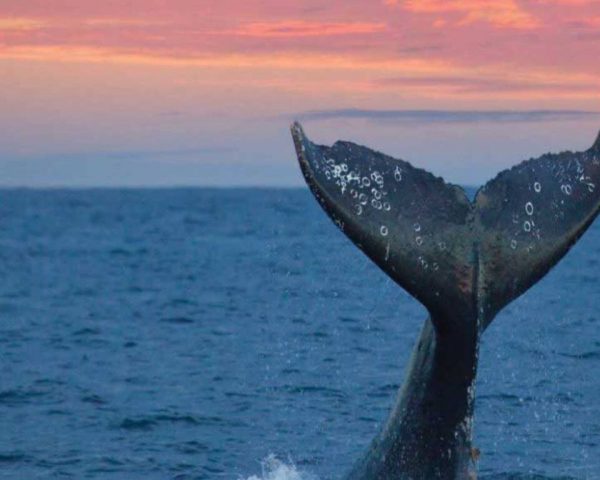The warm blue waters off the coast of Mirissa, Sri Lanka harbour some of the largest creatures on the planet – gigantic blue whales. If you’re planning a vacation to this tropical paradise, whale watching should definitely be near the top of your to-do list!
Best Time to Visit
From April to November – the time of the North-west monsoons – is the best time to go whale watching in Sri Lanka, as massive herds of blue and humpback whales pass through Sri Lankan waters in search of warm waters to the West and South.

How to Get There
Mirissa is a fishing village well known for its rather large fishing harbour. Still, it isn’t as developed as other beach destinations in the island, meaning it’s best to seek accommodation options in the surrounding areas. For example, there’s plenty of hotels in Ahungalla – which is around a couple of hours’ boat ride away – such as the Heritance Ahungalla.
About Blue Whales
The main characters of your whale watching trip will be majestic blue whales. Growing close to 30 metres in length and weighing over 150 tonnes, these are the largest living animals to have ever existed on the planet – that’s right, they even dwarf the largest dinosaurs! It’s ironic then that these behemoths feed on some of the smallest animals in the ocean – krill and plankton – with their specialised baleen mouth parts.
Whale Watching Practices
Unfortunately, like most large animals today, blue whales are under threat of extinction due to human activity – notably the (now mostly banned) practice of commercial whaling. As such, when whale watching, measures are taken to ensure that we don’t interfere with the whales’ natural behaviour. Notably, fewer passengers are allowed on board whale watching vessels, and these are always closely monitored by the Sri Lankan Coastguard.
